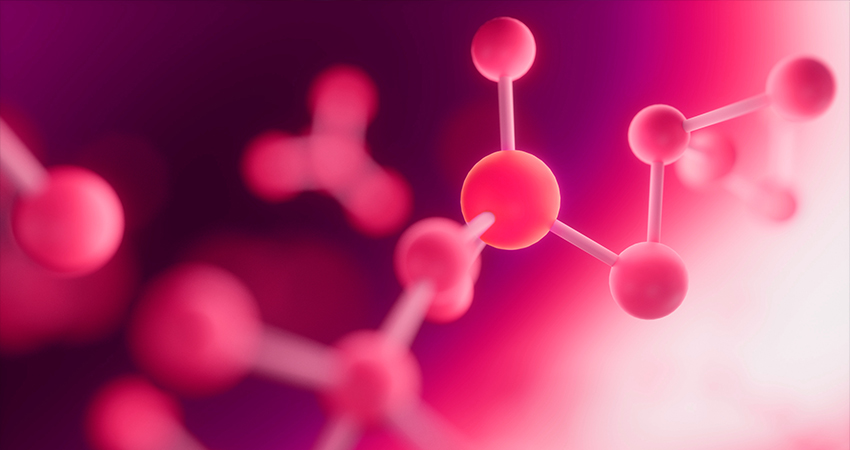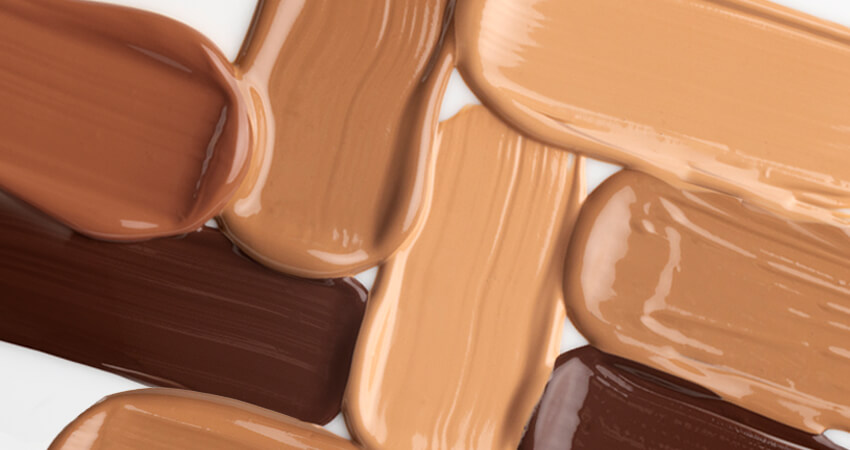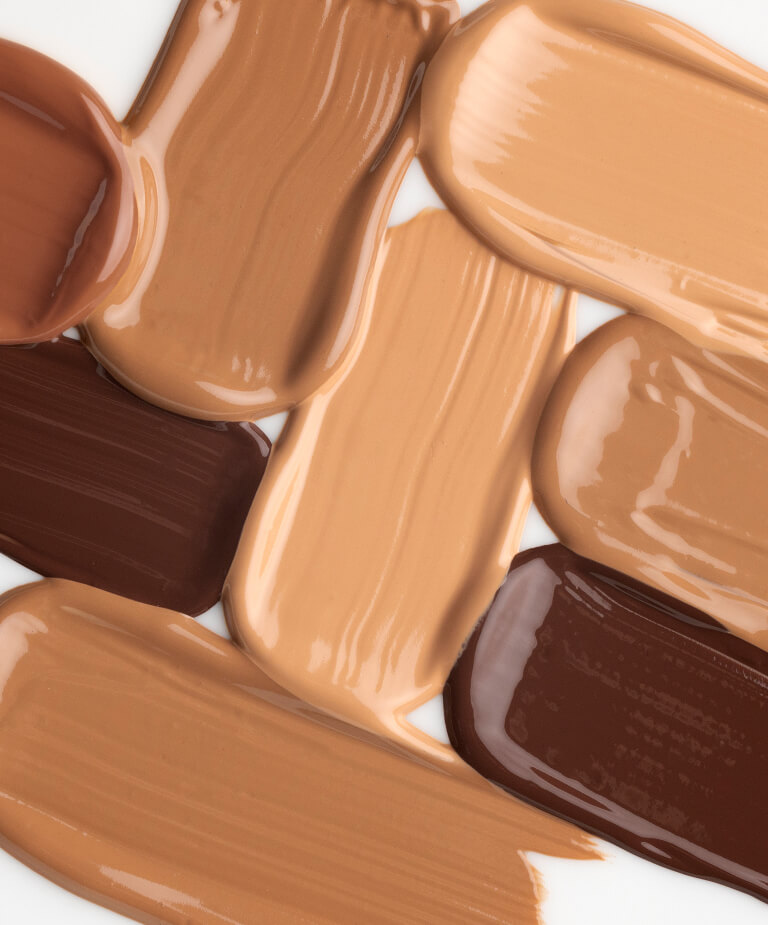SILICONES IN COSMETICS: EVERYTHING YOU NEED TO KNOW
Silicones are a family of hundreds of thousands of different polymers sharing a basic structure composed of the same atoms found in sand: silicon and oxygen, organized in chains of varying lengths and branching degrees. These substances were first synthesized in the early last century by the English chemist Frederic Stanley Kipping and since then, they have been used in various industrial sectors, ranging from tires and sealants to the food, pharmaceutical, and medical industries. In the cosmetic field, silicones serve specific purposes: when added to shampoos and conditioners, they reduce the electrostatic charge of hair and act as conditioning agents, coating cuticles and protecting the hair. In makeup and skincare products, we easily recognize them for their ability to create a “peach-skin” effect. They can instantly make the skin’s texture smoother and more satin-like. They also have several technical functions, making it easier to create light, smooth, non-greasy, non-transferable, long-lasting, water-resistant, and easy-to-apply textures.
Silicones and the environment
Like many substances used in consumer goods production, silicones also have an impact on the environment as they are difficult to recycle and degrade. Historically, the specifications of some certifications related to the “eco-friendly” world prohibit their use. The European Union, which has always been very concerned about citizens’ health, has expanded its environmental actions in recent years by restricting the use of some of the most problematic silicones and allowing the use of those that do not pose a risk to the environment.
Silicones and the skin
Silicones are inert substances. As we’ve seen, they primarily serve a technical function aimed at making products more pleasant and easier to apply, especially in the realm of makeup where they play a significant aesthetic role: they even out the skin’s surface and help distribute pigments used in primers, foundations, and concealers, for instance. The result of this dual action is a homogeneous and very “natural” effect that is challenging to replicate with different ingredients. There are many legends circulating on the internet about silicones and their supposed negative effects on the skin, leveraging the mistrust that many people have towards chemistry. However, these are baseless myths.
In conclusion, each consumer has the freedom to choose the product that best suits their individual tastes and needs. From our perspective, we firmly believe that a product’s quality should be proven by its effectiveness, and that it’s possible to synergistically combine chemical and natural ingredients to achieve the best results.




